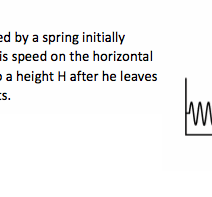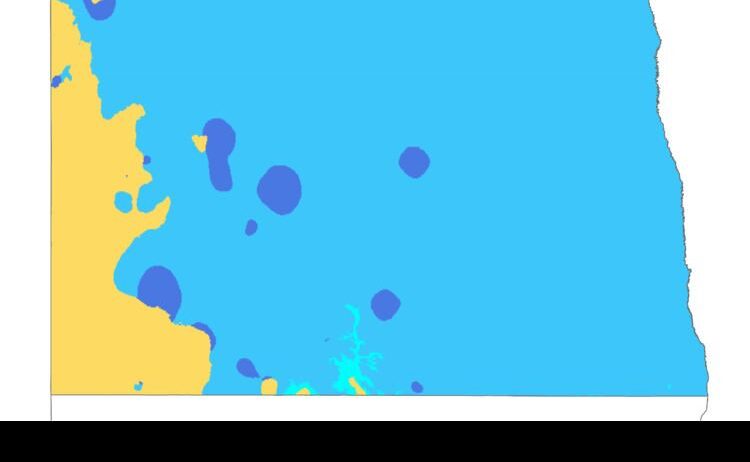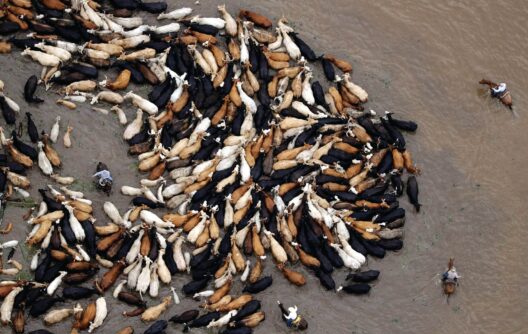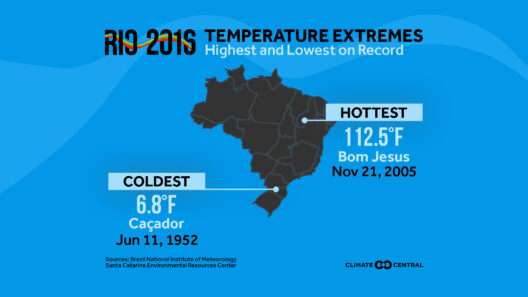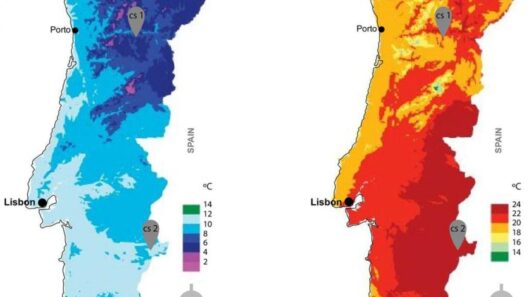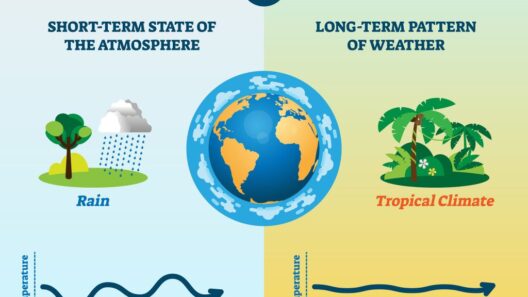North Dakota, an expanse characterized by sweeping prairies and rugged plains, exhibits a climate that is both captivating and complex. Excellent for a deeper understanding of the interplay between atmospheric phenomena, the state’s weather patterns arise from a confluence of geographic and climatic factors that merit exploration. Within this article, we will delve into the various elements contributing to North Dakota’s climate, particularly the dominant prairie winds and the influence of polar fronts, further illuminating their implications for the environment and communities.
To grasp the climate of North Dakota, one must first consider its geographical placement within the United States. Situated in the upper Midwest, North Dakota experiences a continental climate, classified as humid continental, with stark temperature fluctuations between the seasons. Distinctly characterized by cold winters and warm summers, the state’s ecological footprint is profoundly shaped by these seasonal transitions. As inhabitants traverse fields of wheat and sunflowers, they become intimately aware of these climatic extremes.
The winter months in North Dakota can be brutally frigid, driven primarily by the incursion of polar air masses that sweep down from Canada. The average January temperatures can plummet to below zero degrees Fahrenheit, making it one of the coldest regions in the contiguous United States. With these low temperatures, wind chill becomes a critical factor, heightening the sensation of cold and posing risks to public health and safety. This chilling aspect of the winter climate is compounded by frequent snowstorms, the aftermath of which often blankets the landscape in white, transforming the prairie into a serene but harsh frozen expanse.
Spring emerges with a slow tenacity, often delayed by lingering cold snaps. As the thaw begins, the transition from winter to summer inspires an awakening of life across the dormant plains. Prairie winds, an essential feature of the North Dakota climate, play a significant role during this time. These winds originate from the Rockies and traverse vast distances, carrying with them warm, moist air. The gentle breezes signal the bloom of flora and the reawakening of fauna, mesmerizing observers with the splendid panorama of color that dominates the fields. While idyllic, this season can also bring severe storms, often accompanied by thunder, lightning, and torrential rain as warm air clashes spectacularly with the cooler remnants of winter.
The summer months in North Dakota extend from late June to early September and can be characterized by unyielding heat punctuated by sporadic precipitation. Average high temperatures can reach into the upper 80s to low 90s, transforming the prairies into an inferno. This climatic reality brings forth not only bountiful harvests but also the daunting specter of droughts. Farmers and ranchers remain diligent, keenly aware that long stretches of dry weather can decimate crops and lead to water scarcity. The endurance of the residents molds a landscape rich in resilience, adapting continually to the vagaries of the climate.
Navigating through the cycle, it becomes crucial to consider the interplay of prairie winds and polar fronts. Prairie winds are popularly known for their consistent, dry nature, often flowing southwest to northeast, girding the plains with both refreshing breezes and gusts that can challenge one’s grip on a hat. Meanwhile, polar fronts, dense with colder air masses, emerge primarily in winter but can also make their presence known during other seasons, driving weather phenomena like blizzards in winter and cooled temperatures in summer. The intersection of these two forces creates a dynamic balance, which resonates in the lives of inhabitants and the ecology of North Dakota.
One aspect that merits attention is how these climatic features affect local ecosystems. The fertility of the soil in North Dakota, combined with its climatic extremes, gives rise to a variety of biomes—from sprawling grasslands to wetlands that serve as critical habitats for migrating birds. These differences accentuate the importance of understanding climate variations as they pertain to agriculture, biodiversity, and even community health. Issues such as soil erosion, water management, and habitat preservation come sharply into focus, demanding both local and regional strategies to mitigate the detrimental effects of changing climate conditions.
Moreover, the changing climate is not merely an abstract concept for North Dakota. Recent years have seen the implications of climate change become more pronounced. Fluctuations in temperature extremes, altering precipitation patterns, and unexpected weather events call for a reconsideration of agricultural practices and resource conservation efforts. This environmental shift necessitates adaptation, not only in how crops are cultivated but also in how communities prepare for the uncertainties of the future.
In this journey through North Dakota’s climatic determinants, one can appreciate the essential18 role that awareness and proactive measures play in shaping the future of this unique region. The interplay of prairie winds and polar fronts forms a compelling narrative not only about the climate but also about the resilience of its residents. As climate patterns continue to evolve, understanding local weather dynamics becomes vital. From students of geography to policy-makers in environmental science, the endeavor to navigate this complexity holds the promise of a brighter, more sustainable tomorrow.
In conclusion, North Dakota’s climate encapsulates not only the harsh realities of winter and the illustrious beauty of summer but also the profound connection between humans and their environment. It encourages a reevaluation of our interaction with nature, emphasizing the urgency with which we must respond to the realities of climate change. By understanding the intricate relationships between prairie winds, polar fronts, and the resulting climatic conditions, we are better equipped to push for sustainable practices that preserve this dynamic ecosystem for generations to come.
